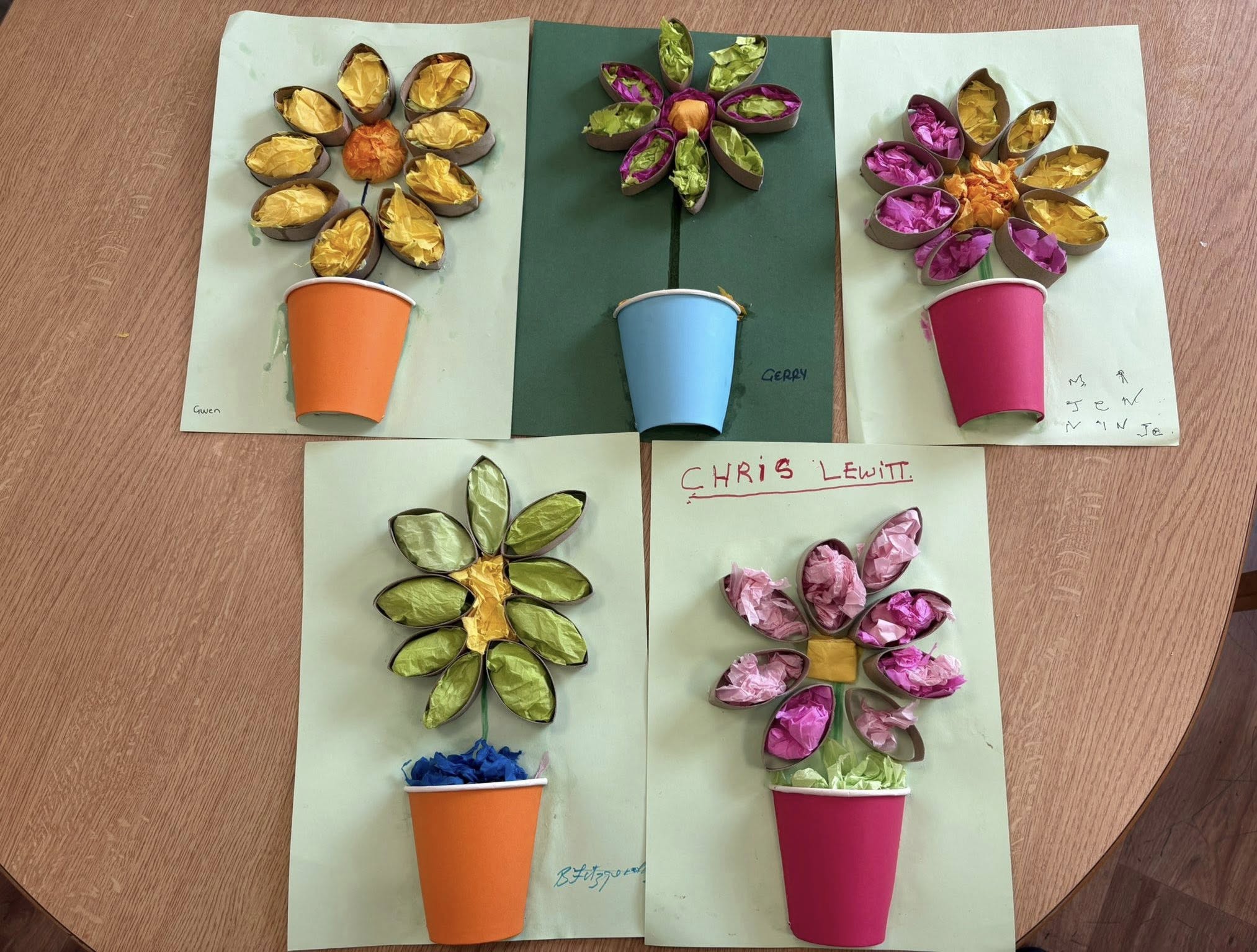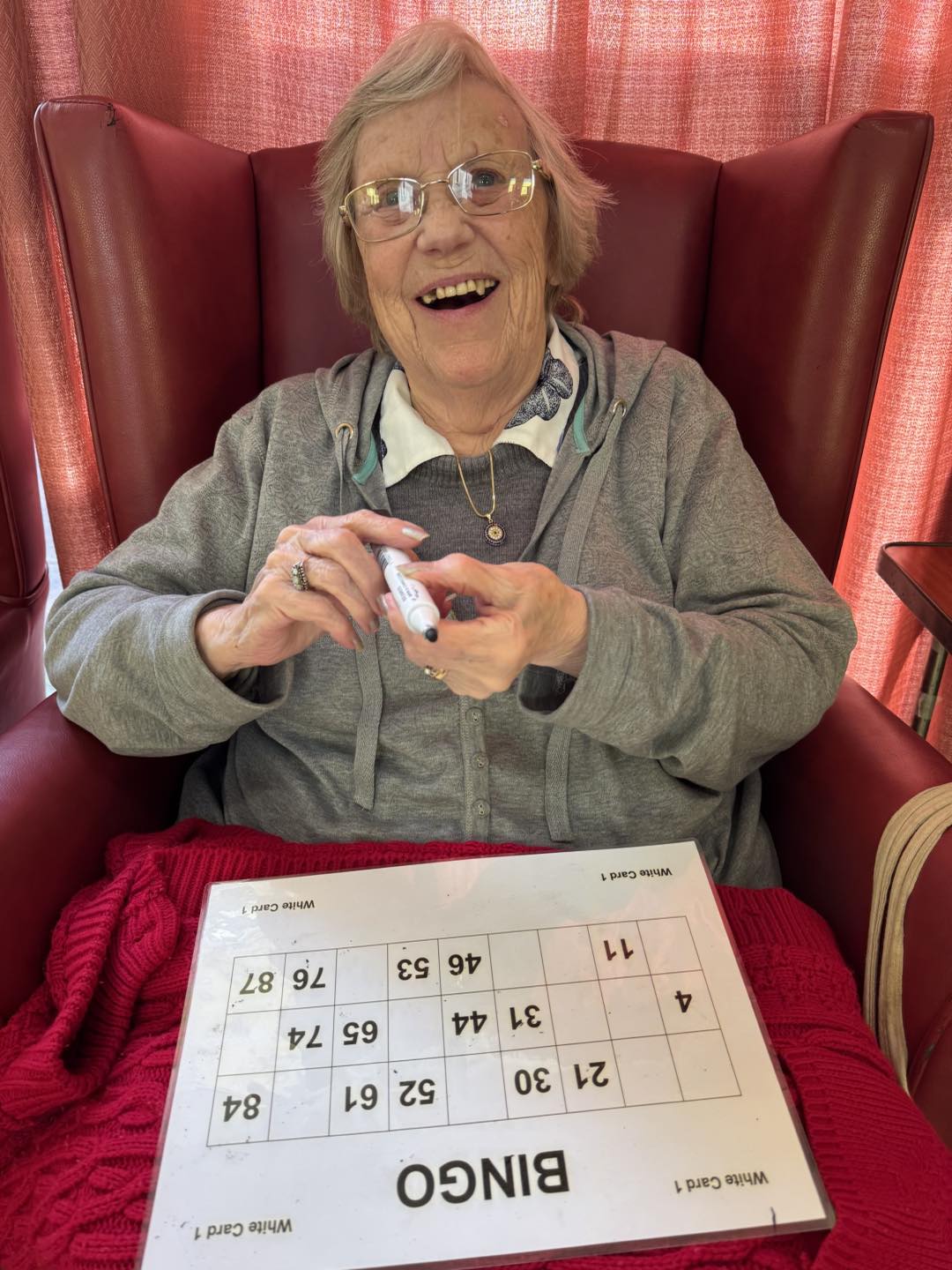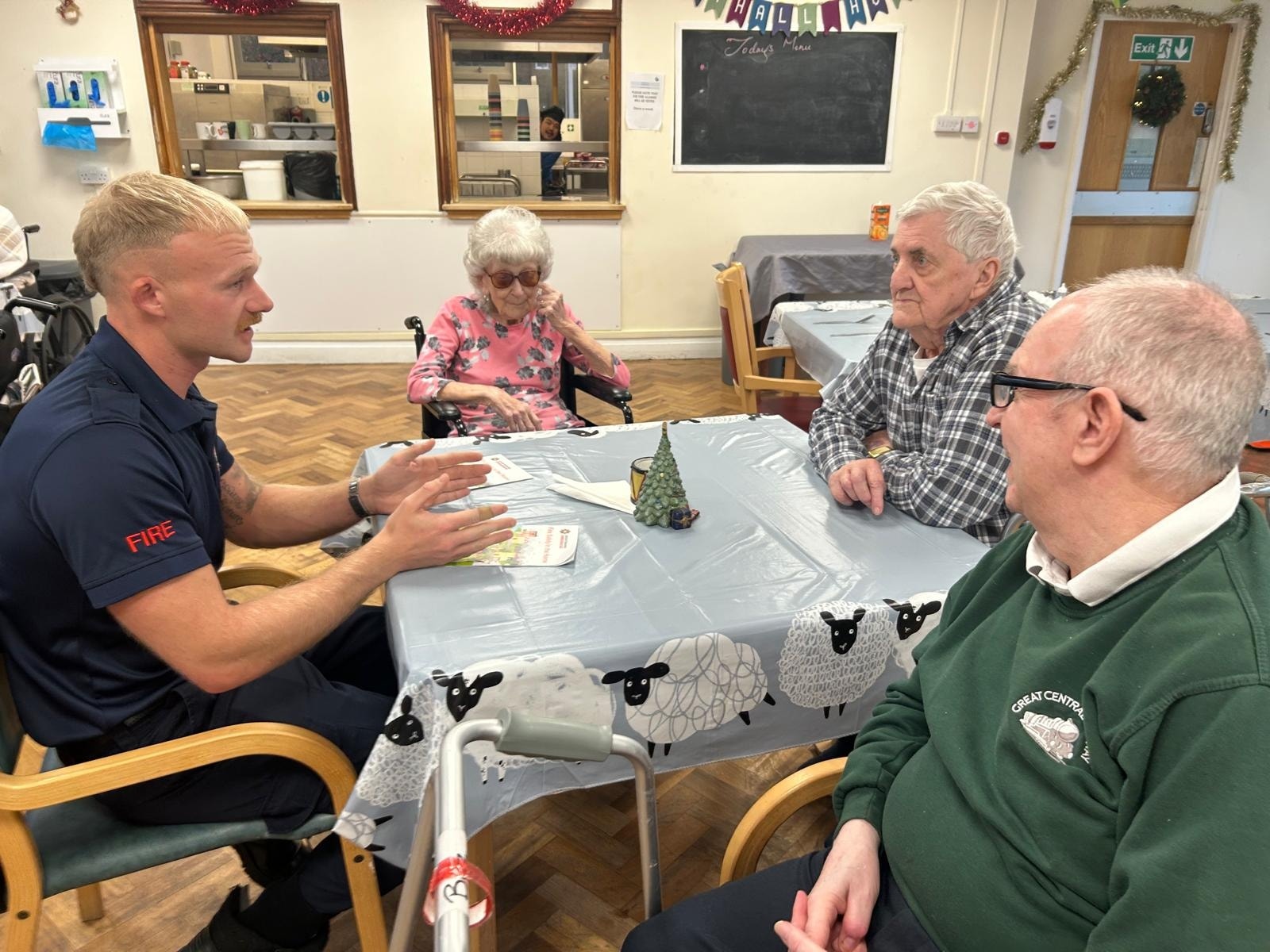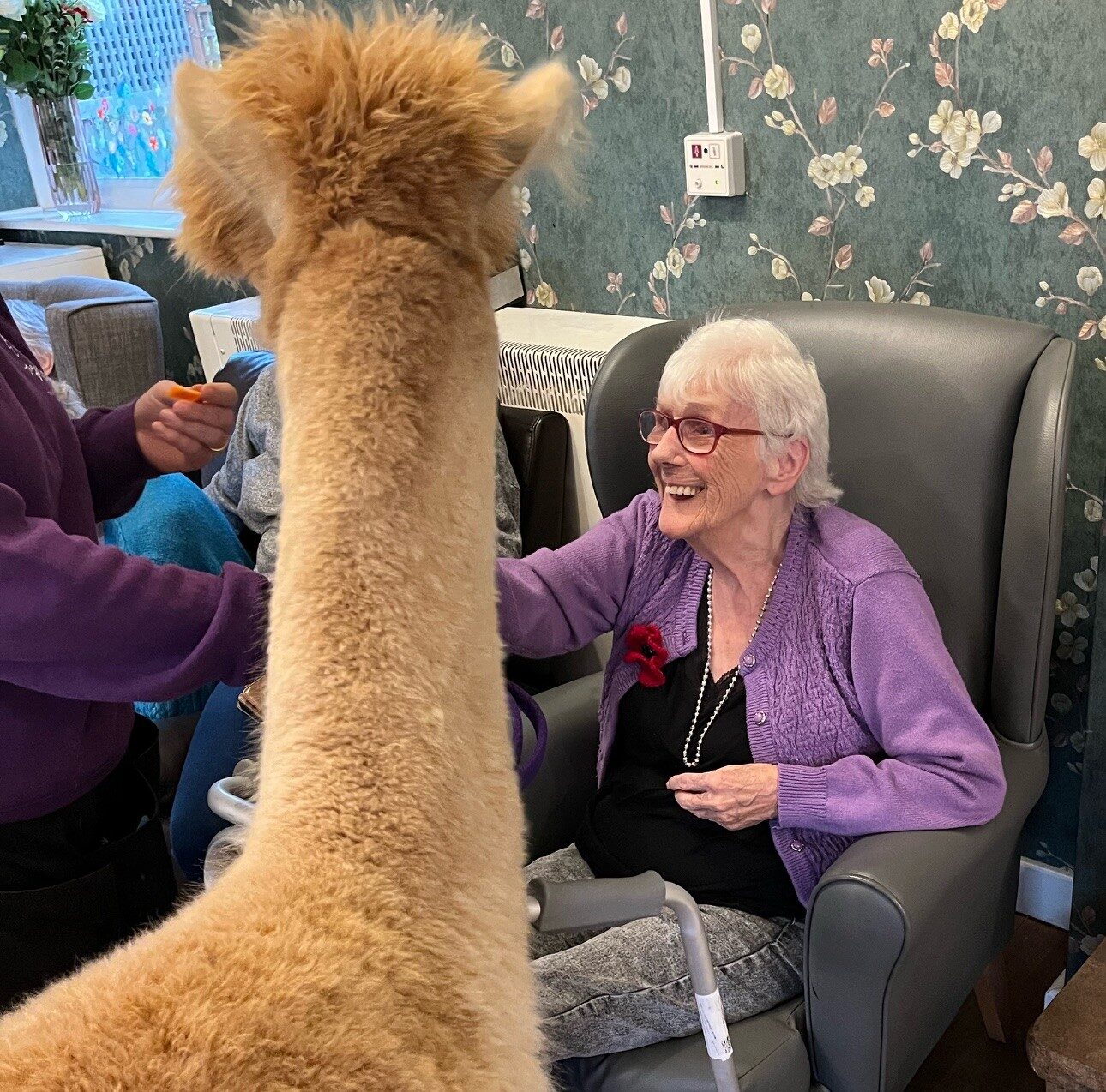Discover the powerful benefits of creative activities for the elderly at Abbey House Care Home. Learn how art enhances emotional well-being, cognitive health, and social connection in later life.
At Abbey House Care Home, creativity isn’t just a hobby—it’s a pathway to joy, connection, and well-being. During a recent creative arts session, residents gathered with brushes, paints, and bright ideas in hand, transforming blank canvases into vibrant expressions of their inner worlds. Laughter echoed through the room, colors flowed freely, and a shared sense of purpose emerged. It was more than an activity; it was nourishment for the soul.
As we age, maintaining emotional, cognitive, and social health becomes increasingly important. While medical care, physical safety, and nutrition are essential pillars in elderly care, creative expression is a powerful, often underappreciated tool that enhances the quality of life in profound ways.
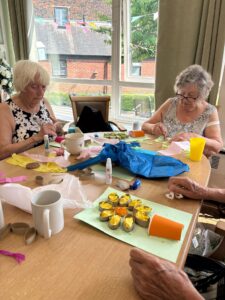
Creativity Knows No Age
Many people mistakenly assume that creativity fades with age. On the contrary, creative thinking and artistic expression can thrive in later years, even when mobility or memory may be in decline. What changes is how creativity is expressed—sometimes slower, sometimes with assistance, but always deeply meaningful.
At Abbey House, residents engage in regular art activities, ranging from painting and drawing to simple crafts, music sessions, and poetry writing. These aren’t just pastimes; they are structured yet flexible opportunities for residents to explore their identity, preserve memories, and engage with others in joyful ways.
The Cognitive Benefits of Art
One of the most significant advantages of creative activities is their impact on cognitive health. Studies have shown that engaging in arts-based activities can stimulate memory, enhance problem-solving skills, and even slow the progression of dementia in some individuals.
During the recent art session at Abbey House, several residents living with early-stage dementia responded enthusiastically to painting prompts. One resident who typically struggles with short-term memory smiled and recalled vivid childhood scenes as she painted flowers like the ones from her mother’s garden.
These moments are not coincidental. Art taps into long-term memory and emotions that remain intact even when other faculties begin to wane. For individuals with memory loss, creating art can be both grounding and liberating.
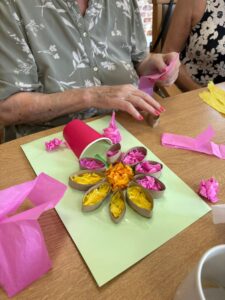
Emotional and Psychological Well-being
Creative activities offer a safe, non-verbal way for elderly individuals to express feelings they may not have words for—grief, joy, anxiety, love, or longing. Artistic expression fosters emotional release and self-reflection, both of which are important for mental health.
Residents at Abbey House have expressed how painting makes them feel relaxed, proud, and uplifted. “I didn’t know I could still do something like this,” one resident said while admiring her finished piece. That sense of accomplishment and renewed purpose is vital, particularly in care settings where routine can sometimes feel monotonous.
Social Connection Through Shared Creativity
Loneliness and isolation are common challenges for older adults, especially those in residential care. Art sessions at Abbey House are designed to be communal, not solitary. They are filled with conversation, laughter, and the joy of shared experience.
As residents create side-by-side, they form deeper connections. Stories emerge, friendships grow, and a collective sense of community flourishes. Whether it’s complimenting each other’s work or collaborating on a group mural, these moments break down social barriers and encourage meaningful interaction.
Physical Engagement and Motor Skills
Many forms of art also help maintain and improve fine motor skills. The act of holding a paintbrush, manipulating clay, or using scissors provides gentle, purposeful exercise for hands and wrists, which is especially helpful for those with arthritis or coordination challenges.
Activities at Abbey House are always adapted to suit individual abilities. Whether seated or standing, using hands or assistive tools, every resident is encouraged to participate at their comfort level. This inclusive approach ensures that no one feels left out.
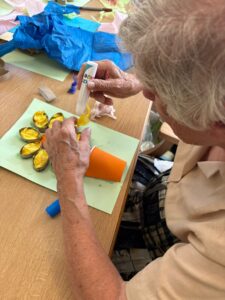
A Sense of Identity and Legacy
Perhaps one of the most beautiful aspects of creative expression in later life is the way it helps preserve and share personal identity. Every piece of art holds a story, a memory, or a reflection of the individual who made it.
Abbey House often displays residents’ artwork in communal areas, turning the care home into a living gallery. Not only does this boost pride and confidence, but it also allows family members to see a different side of their loved ones—one filled with imagination, humor, and depth.
Bringing More Color to Life
Art in care homes isn’t just about pretty pictures—it’s about bringing color, life, and humanity into every day. At Abbey House Care Home, creative activities are thoughtfully integrated into the lifestyle of residents, reflecting a holistic approach to care.
By encouraging artistic expression, Abbey House supports residents in staying mentally sharp, emotionally fulfilled, socially connected, and physically active. It’s not just an activity—it’s an essential part of well-being.
Art has the power to heal, connect, and inspire—at any age. In care homes like Abbey House, creative sessions are more than just a break in the day; they are life-affirming moments that remind us of the beauty, resilience, and spirit that lives in each resident.
So whether it’s the gentle stroke of a brush, the swirl of bright colors, or the sparkle in someone’s eye after finishing a painting, art continues to prove that the soul never stops creating.

